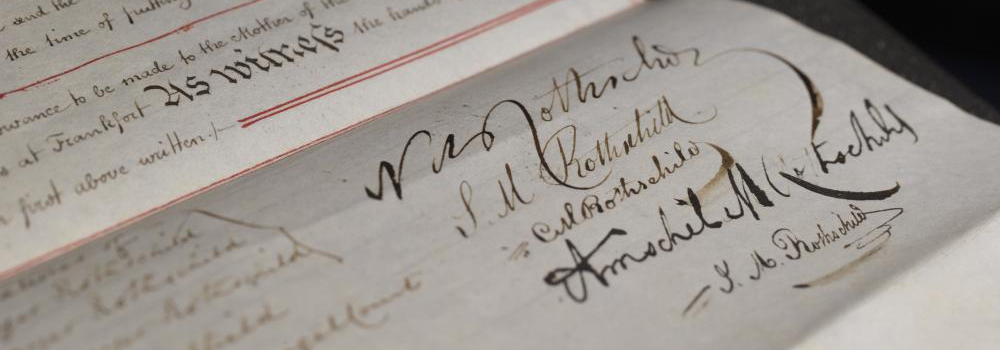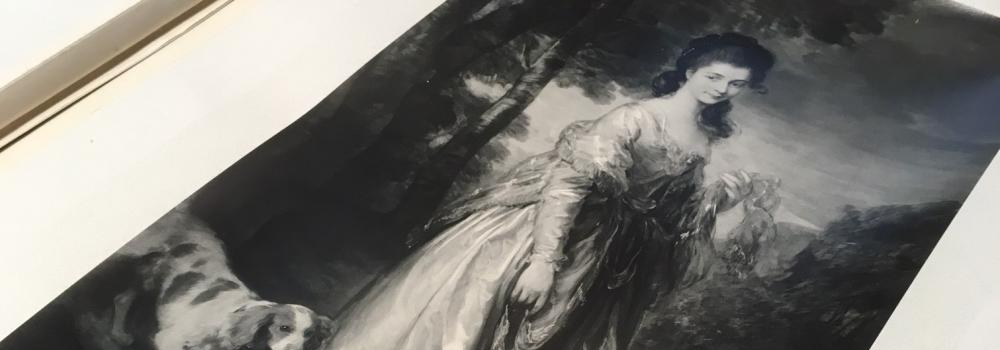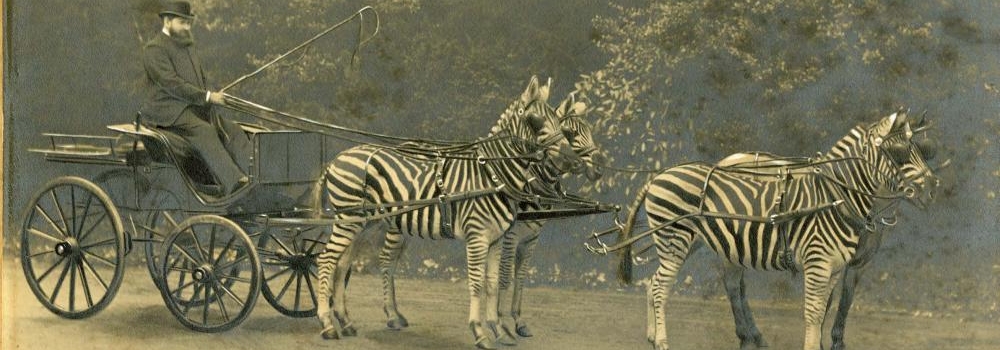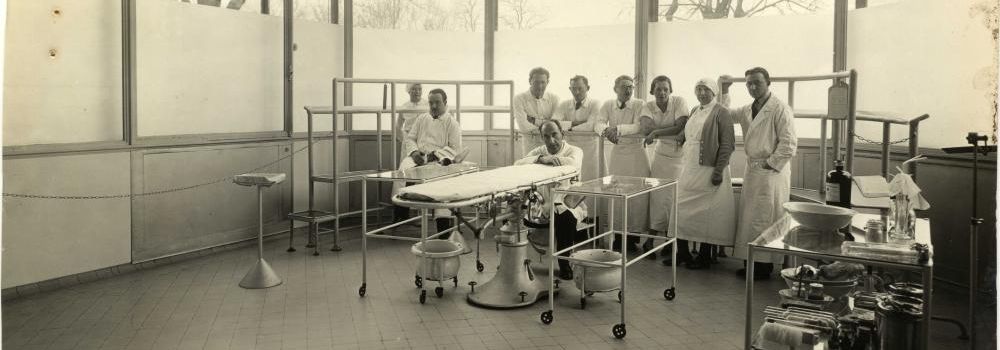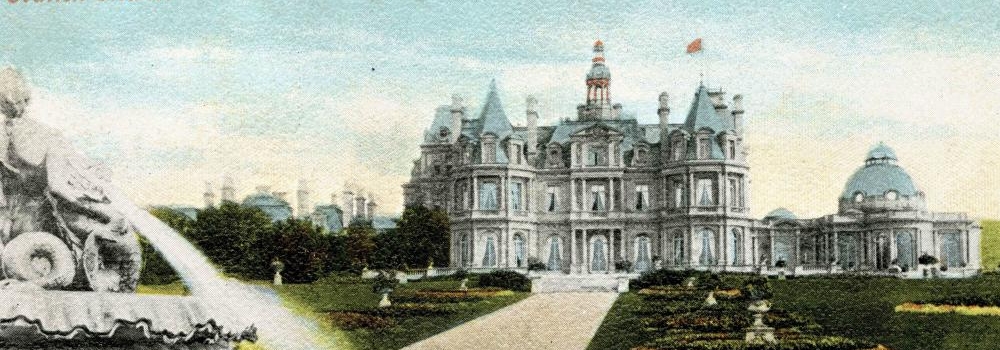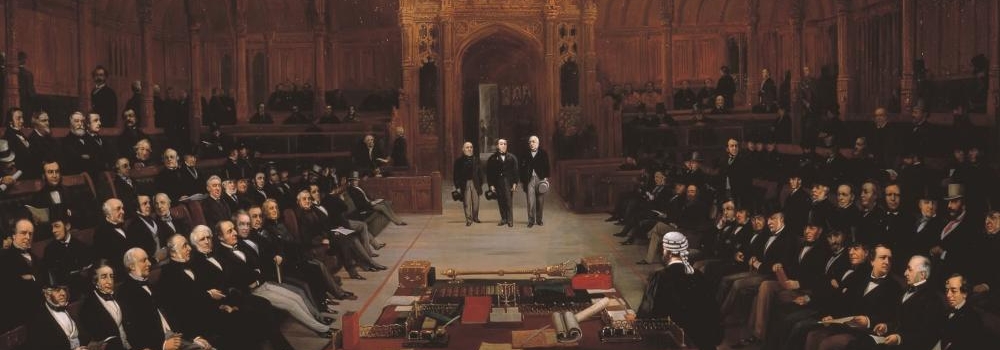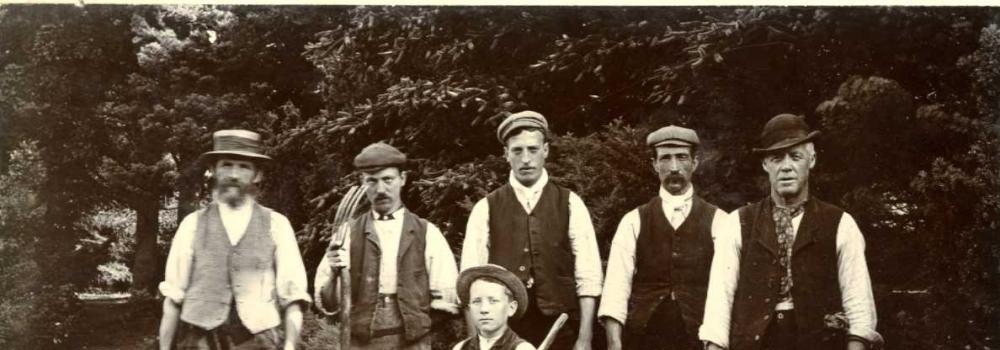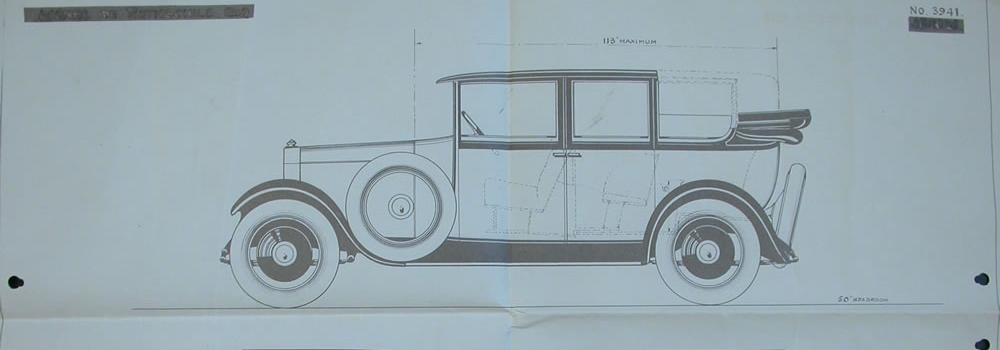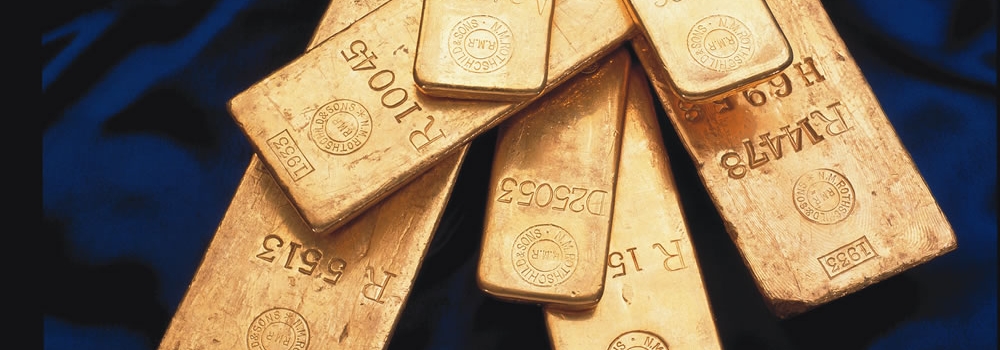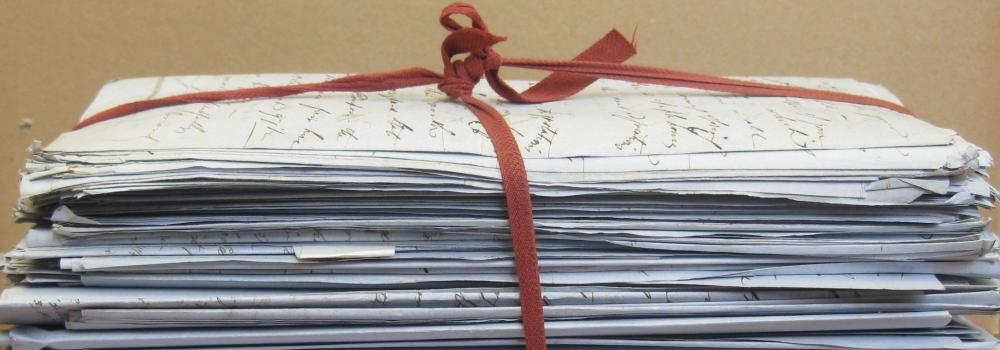Odhner 'Arithmometer' calculating machine, dating from the 1930s.
Machines such as this would have been used by clerks at New Court to undertake complex calculations. This ingenious piece of equipment was based on the pinwheel calculating machine patented in France in 1820 by Thomas de Colmar and developed into a marketable product in 1873 by Willgodt Odhner. By the 1960s, with millions sold, it became one of the most successful types of mechanical calculator ever designed.
When joining a dealing room one not only had to learn the intricacies of the market, but also to master this intriguing gadget. The main parts of the machine were the pinwheels, a series of geared wheels, each with a small lever to slide down to set the numbers to work with, the large crank handle to rotate that number onto the upper of the three numerical registers that displayed the results and the carriage at the bottom, which could be moved left and right to input the numerals in large numbers in the right-hand register while the rotations were counted in the left. The average time for conducting long multiplication and division calculations was 30 and 45 seconds respectively and operation of the machine was noisy. The electronic calculator that succeeded the pinwheel calculator from the late 1960s was very welcome.
A clerk at New Court
In a photograph from a 1937 album of the staff of N M Rothschild & Sons, Mr Roland Williams can be seen using a machine very similar to this one in his New Court office. Roland Williams joined the firm in January 1931, eventually being appointed a Director in 1947. Roland Williams retired in 1970.

